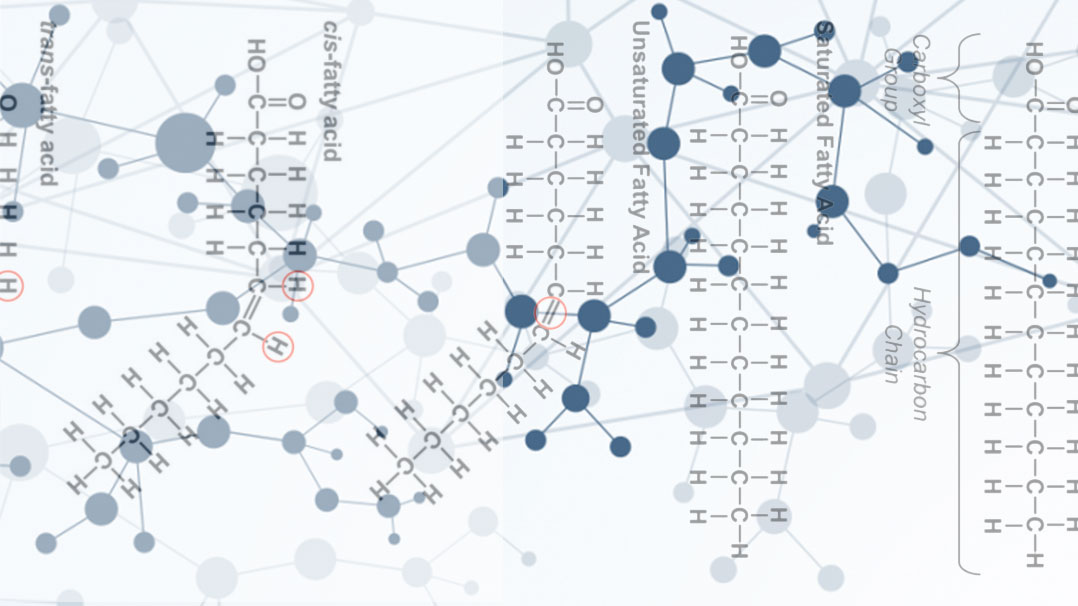Understanding the main aspects of skin health, the major processes and pathways of healthy skin physiology, and the mechanisms of skin aging is essential to learning how to keep the skin healthy and youthful.

Understanding the main aspects of skin health, the major processes and pathways of healthy skin physiology, and the mechanisms of skin aging is essential to learning how to keep the skin healthy and youthful.

The best way to understand how to keep the skin healthy and youthful is by understanding what are the factors that impact skin health and aging, which is what we’ll explore in this article.

The skin is a special organ that combines the body’s major systems: circulatory, nervous, muscular, immune, endocrine. It is a barrier that protects us against the threats in our environment, but it is also a sensory organ that allows us to perceive the outside world. Read on to understand both the structure and function of the skin.

Selectively eliminating dysfunctional mitochondria (mitophagy) and replacing them with new mitochondria (mitochondrial biogenesis) helps us stay biologically younger. But what exactly are the functions of mitochondria and how does mitochondrial health affect aging?

Being fully aware of the hurdles of screen time—we spend as much time looking at screens as anyone else—we wanted to create a product that would support and protect the health, resistance, and resilience of the visual system. We designed Qualia Vision to help our eyes cope with the challenges of the digital age hose a set of ingredients that could support visual health and performance.

Learn what blue light is and if it’s bad for our eyes.

Nootropics are substances that enhance cognitive function and performance. Nootropics have become increasingly popular in recent years but you might still have questions about the science surrounding nootropics. If so, this article is for you.

Insulin is a hormone produced by beta cells in the pancreas with a central role in the regulation of metabolism and cell energy reserves. The major metabolic action of insulin is to regulate blood glucose levels and to promote the storage of energy substrates as macromolecules that can be mobilized between meals or in contexts of high energy demand.

Oxidative phosphorylation (OXPHOS) is the major pathway of ATP production. ATP is the energy-rich molecule that powers cellular processes that require energy input. OXPHOS occurs in mitochondria and uses energy extracted in the metabolism of cellular fuels, particularly in glycolysis, fatty acid oxidation, and the citric acid cycle, to power the production of ATP.

The citric acid cycle, also known as the Krebs cycle or tricarboxylic acid (TCA) cycle, is a circular loop rotating through eight organic acid intermediates (e.g., citrate, malate, oxaloacetate). This cycle plays a critical role in moving cell energy production forward, because it is the first pathway of the final stage of energy extraction from nutrients, in which carbon units are fully oxidized. The intermediate products formed in this cycle are also used to build molecules including proteins, DNA, and RNA.

Fatty acids are an important fuel for the generation of cell energy in the form of adenosine triphosphate (ATP). Fatty acid oxidation, also known as beta-oxidation, is the metabolic pathway of fatty acid breakdown for energy production. Fatty acids are the primary source of energy for the heart (i.e., the cardiac muscle) and skeletal muscle during rest or moderate physical activity.

Glycolysis is the metabolic pathway that breaks down the carbohydrate glucose to produce cell energy in the form of ATP. Glycolysis generates ATP directly, as a product of the pathway’s chemical reactions, and indirectly, using energy generated by electrons extracted from the chemical bonds of glucose. In the human body, glucose is the preferred fuel for the vast majority of cells.

Viruses are everywhere cellular life is present, often in unfathomable numbers. They mutate very often, frequently by recombining with other viruses. This means that new viruses are constantly being generated.
As we’ll learn in this article, viruses are very simple, but despite their simplicity, they are very effective and impressive little creatures. We’ll also learn how our immune system rises to the challenge.

The immune system is the collection of cells, tissues, and molecules that work together to recognize the healthy cells that make up the body, and protect us against the unfamiliar or damaged.
The immune system monitors our body continuously searching for certain categories of things that may threaten our health: infectious microbes, viruses, fungi, and parasites (i.e., germs or pathogens); toxic cellular products; and damaged or diseased cells, including senescent or tumor cells.

Right now, there are still many unanswered questions about the new coronavirus and the evolution of COVID-19 is still unpredictable.
At this point, the only thing that is certain to make a difference is prevention.
Here, we’ve compiled some important information about the new coronavirus and the official guidelines to help protect your health and help stop the spread of COVID-19.

We developed Qualia Nootropic Energy Shot with the goal of creating a liquid nootropic supplement capable of producing a fast, noticeable, and durable enhancement of mental and physical energy to support peak performance. Qualia Nootropic Energy Shot was designed to boost performance in high-demand situations that require extra mental effort and energy, be it at work, school, a social gathering, or even an athletic event.

In this article, we will take a look at the role of the gut microbiota and the gut-brain axis in metabolism and energy homeostasis. We will learn how food-derived chemical signals—nutrients and microbial metabolites—are translated in the gut into endocrine and neural signals that convey information about the caloric load and composition of a meal to the brain.

The gut and brain are constantly communicating and influencing each other. This interaction is called the gut-brain axis. It means that what goes on in the gut can affect how the brain performs, influencing how we think, feel and behave. In this article, we explore the gut-brain connection and how the brain and the gut, our second brain, influence each other.

In this article, we’re going to learn about mitohormesis, the activity of reactive oxygen species (ROS) as signaling molecules, and how and why ROS can be both beneficial and harmful. We will also discuss what leads to excessive ROS production and accumulation, how this associates with aging, and where antioxidants fit into the equation. Lastly, we’ll discuss nutritional strategies that can support the antioxidant defenses cells and mitochondria use to protect themselves against excessive ROS.

Similar to many other cellular processes, the creation of new mitochondria (a process called mitochondrial biogenesis), and the interacting pathways that influence it, suffers with aging. This is the bad news. The good news is that there are things we can do to better support maintaining a fitter mitochondrial network.